Manual LG MS-1735T Microwave
Need a manual for your LG MS-1735T Microwave? Below you can view and download the PDF manual for free in English. This product currently has 7 frequently asked questions, 0 comments and has 1 vote with an average product rating of 100/100. If this is not the manual you want, please contact us.
Is your product defective and the manual offers no solution? Go to a Repair Café for free repair services.
Manual
Loading…

Loading…
Rating
Let us know what you think about the LG MS-1735T Microwave by leaving a product rating. Want to share your experiences with this product or ask a question? Please leave a comment at the bottom of the page.More about this manual
We understand that it’s nice to have a paper manual for your LG MS-1735T Microwave. You can always download the manual from our website and print it yourself. If you would like to have an original manual, we recommend you contact LG. They might be able to provide an original manual. Are you looking for the manual of your LG MS-1735T Microwave in a different language? Choose your preferred language on our homepage and search for the model number to see if we have it available.
Specifications
| Brand | LG |
| Model | MS-1735T |
| Category | Microwaves |
| File type | |
| File size | 0.26 MB |
All manuals for LG Microwaves
More manuals of Microwaves
Frequently Asked Questions about LG MS-1735T Microwave
Our support team searches for useful product information and answers to frequently asked questions. If you find an inaccuracy in our frequently asked questions, please let us know by using our contact form.
My microwave won't start when I press the start-button, what can I do? Verified
In many cases the door of the microwave hasn't closed properly. Open and close the door and try again.
This was helpful (3213) Read moreCan I use my microwave when the turntable doesn't work? Verified
The turntable makes sure the heat is distributed evenly. When it's not working, the microwave cannnot be properly used. Have it repaired.
This was helpful (1937) Read moreThe microwave is on but is not working. Why is that? Verified
It's possible that the door does not close properly. To ensure safety a microwave will not workj until the door is completely closed. Sometimes this can be fixed by adjusting the door hinge.
This was helpful (1345) Read moreThe mica/cardboard plate inside the microwave came off. Can I still use the microwave? Verified
No, absolutely not. The mica/cardboard plate is the waveguide that distributes the microwaves. Put it back or get a replacement.
This was helpful (1214) Read moreMy microwave keeps making noise, even after it has finished. Is this normal? Verified
Yes, this is a normal sound. The fan cools the microwave after use. The duration depends on how long the microwave has operated.
This was helpful (1011) Read moreCan I boil water in the microwave? Verified
No, absolutely not. Water can get superheated. This means that the water can reach a temperature of above 100℃ without boiling. When this water then touchs any object it can instantly boil and splash up, causing burns.
This was helpful (741) Read moreWhy can't I put metal in my microwave? Verified
Metal doesn't let the microwaves through but bounces them back. When these microwaves are bounced back at the same spot, this can cause sparks.
This was helpful (740) Read more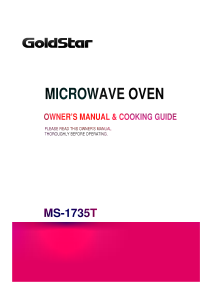


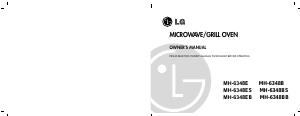
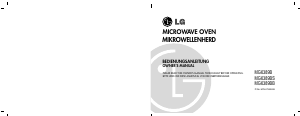
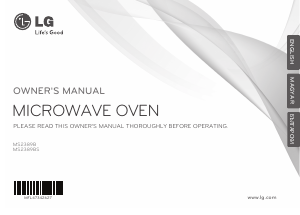
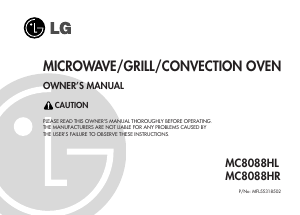
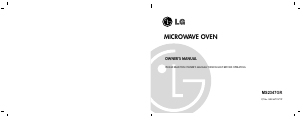
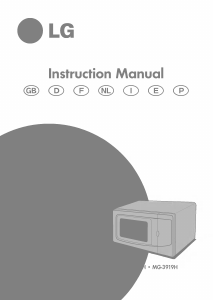
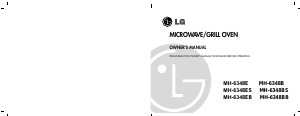
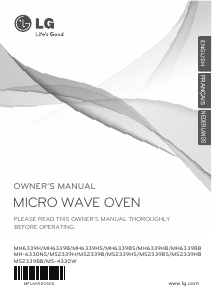
Join the conversation about this product
Here you can share what you think about the LG MS-1735T Microwave. If you have a question, first carefully read the manual. Requesting a manual can be done by using our contact form.